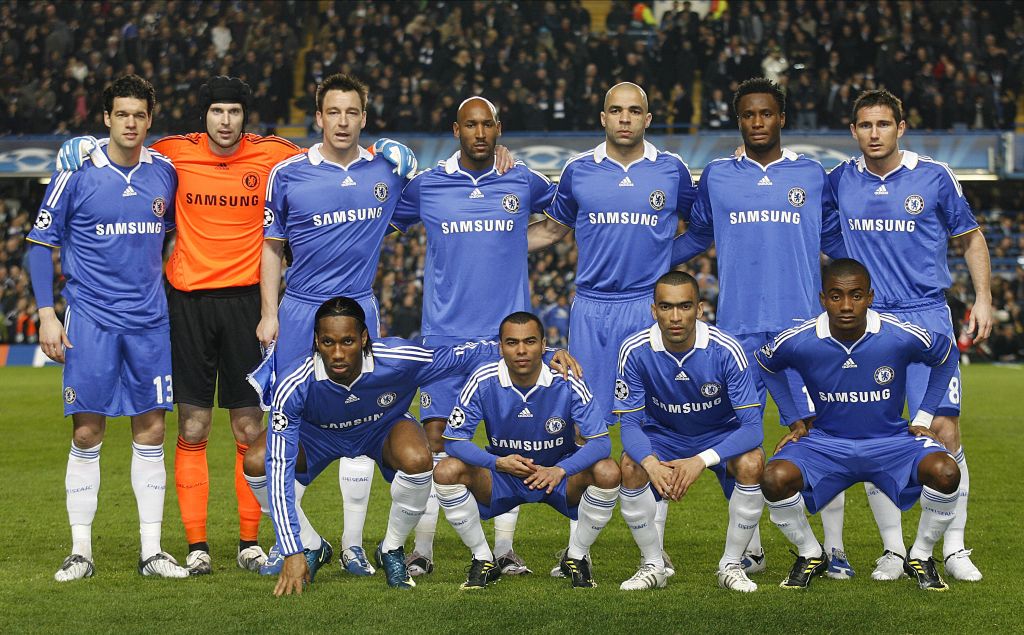Ranked! The 100 best stadiums in the world
The best stadiums in the world from all corners of the globe: this is your ultimate match-going bucket list
30. Stadio Luigi Ferraris
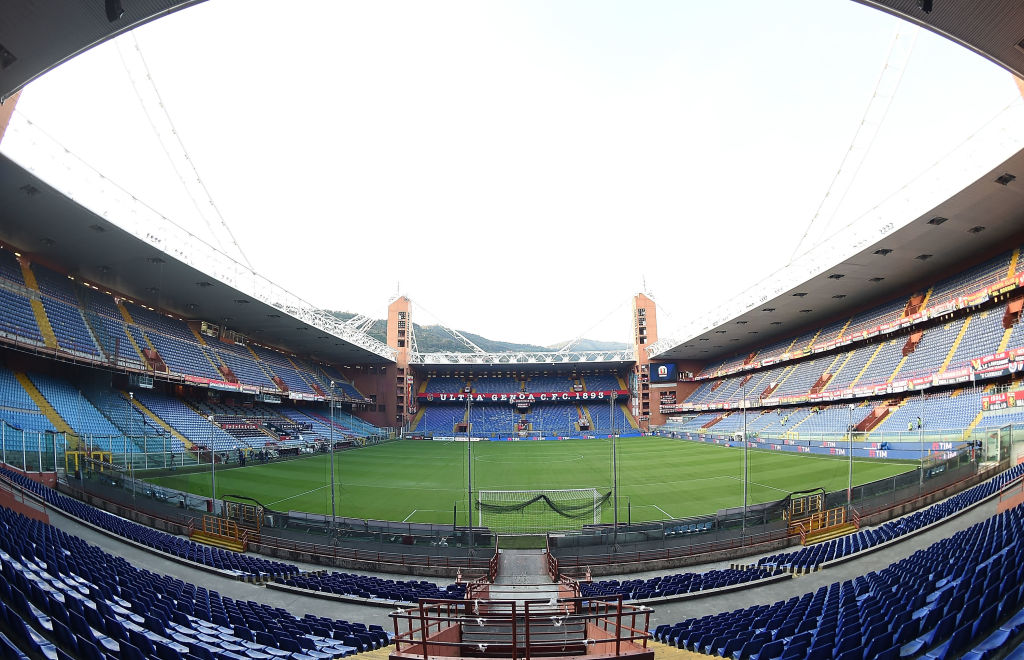
📍 Genoa, Italy
🏠 1911
🏟 33,205
Unlike many of Italy’s biggest stadiums – often huge concrete bowls built on the outskirts of town – the Luigi Ferraris is located in the centre of the city. Its lack of running track helps lend a very English feel to its matchdays... as do the supporters, especially when Genoa fans launch into You’ll Never Walk Alone – in English.
Whether Genoa or their co-tenants Sampdoria are at home, the atmosphere is among the best in Europe. Fans of both teams often deliver stunning choreography, with huge displays covering either end of the ground and the derby between them is one of the most underrated in Europe, showcasing this wonderful venue at its very best. – AD
29. Lusail Stadium
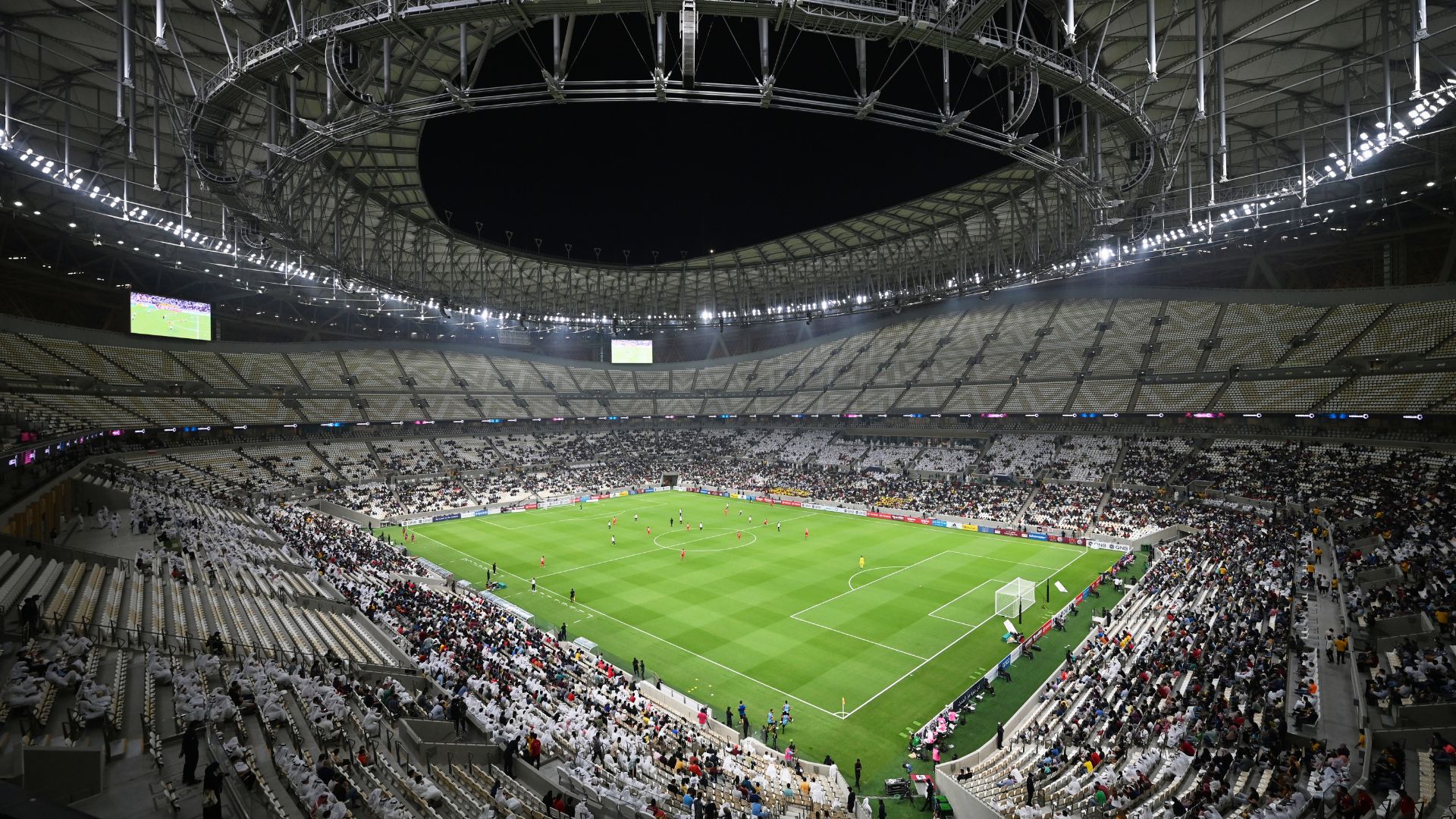
📍 Lusail, Qatar
🏠 2021
🏟 88,966
The Lusail’s luxurious golden exterior takes inspiration from intricate, decorative motifs you might see on traditional lights, bowls and art across the Middle East. It’s also a symbol of the Qatari culture to do absolutely nothing by half.
This faberge egg of a venue sits in solitude, adjacent to the equally futuristic Lusail City, so fans get an early glimpse from distance no matter the direction they approach. At night it glows, by day it sparkles under the desert sun. Inside it turns from gold to diamond white.
The internal structure will be modified now the World Cup has been and gone, but it will always be the place where Lionel Messi first touched that 36.5cm lump of gold his career deserved. – MK
Get FourFourTwo Newsletter
The best features, fun and footballing quizzes, straight to your inbox every week.
28. Olympiyskiy
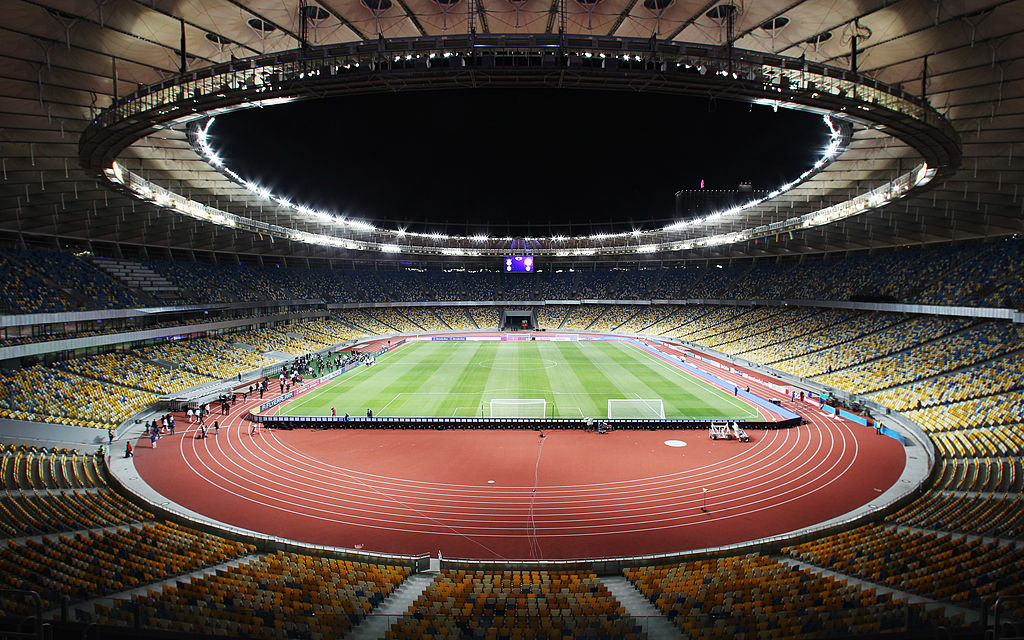
📍 Kyiv, Ukraine
🏠 1923
🏟 70,050
Renovated for Euro 2012, when it hosted the final, Ukraine’s 70,000-capacity national stadium was re-opened with a performance by Shakira, who is ready to open any stadium whenever, wherever.
In 1923 the venue started out life as the Red Stadium of Trotsky, later becoming the Republican Stadium of Khrushchev before being renamed the plain old Olympic Stadium in 1996. It was a justified, if delayed, moniker: the stadium had hosted some Olympic football matches during the Moscow Games of 1980.
The arena had previously been a rather sparse two-tiered bowl with no roof, not exactly aiding fans’ attempts to keep warm as winter drew near. Now it’s as modern as any top stadium in western Europe – it has a roof and everything, as well as a particularly dazzling circular exterior.
As well as Dynamo Kiev, Dnipro also played European matches at the UEFA Category 4 venue last season because of safety concerns elsewhere in Ukraine. – CF
27. Mestalla
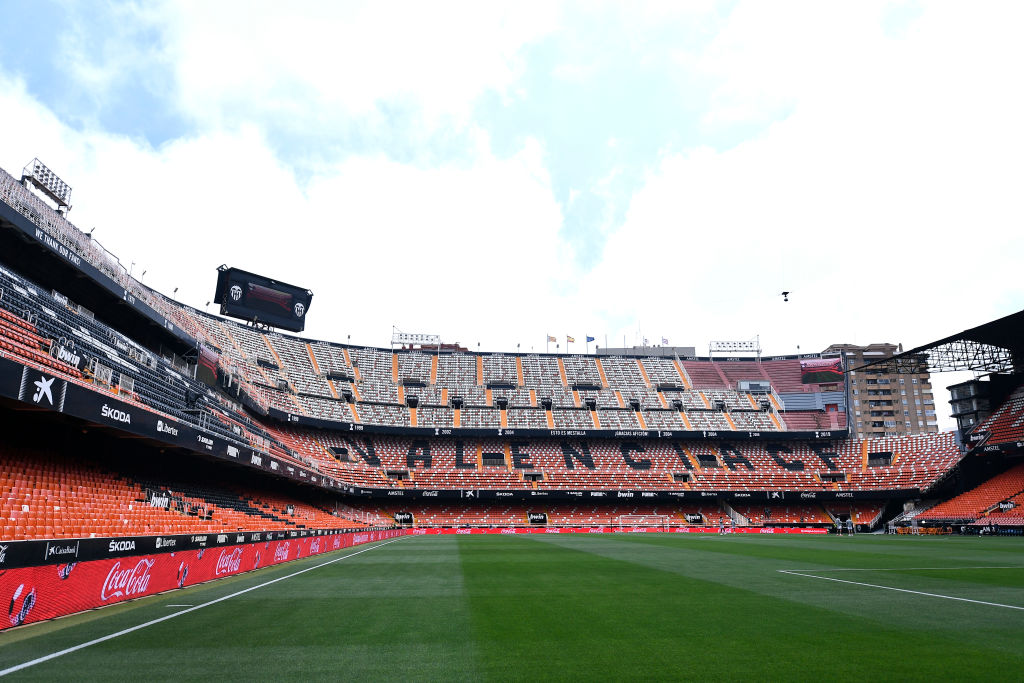
📍 Valencia, Spain
🏠 1923
🏟 49,430
The Mestalla is on borrowed time. The fiscally delayed Nou Mestalla is still around the corner – but as nice as the new plans have looked, it will be a shame to leave the old place when they do.
The Mestalla is one of Spain’s best stadiums due to its steep banked stands and close proximity to the pitch creating an intimidating, somehow quite English atmosphere for visiting teams. It’s also walkable from the city centre.
Mestalla has been under threat before. In 1957 the River Turia burst its banks and flooded the ground, leading to a partial stadium collapse. In the 1970s the club considered relocation but opted to refurbish in time for Espana 82, for which it hosted all three of the host nation’s first-stage games. Nine domestic cup finals have also been held at the famous old ground. – GM
26. Singapore National Stadium
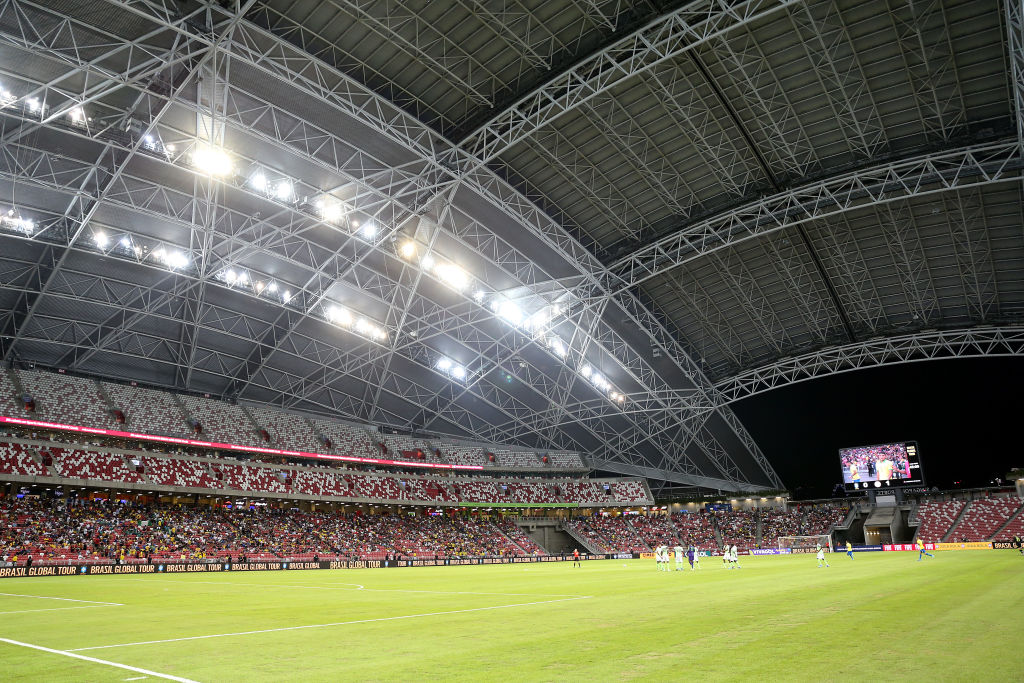
📍 Kallang, Singapore
🏠 2014
🏟 55,000
Considering the sweltering conditions typically presented in the Southeast Asian nation, it came as no great shock when a design with a retractable roof and air conditioning for the unimaginatively-named Singapore National Stadium got the nod. A truly modern stadium, it features configurable seating, a roof made of lightweight material and easy access to public transport – the best a reported S$1.87 billion (£875m) can buy.
It has proven a game-changer for Singapore in terms of being able to attract world-class talent to their shores. That was never more evident than in Neymar’s four-goal turn in Brazil’s 4-0 thrashing of Japan in front of a packed crowd in October, 2014. – JD
25. Juventus Stadium
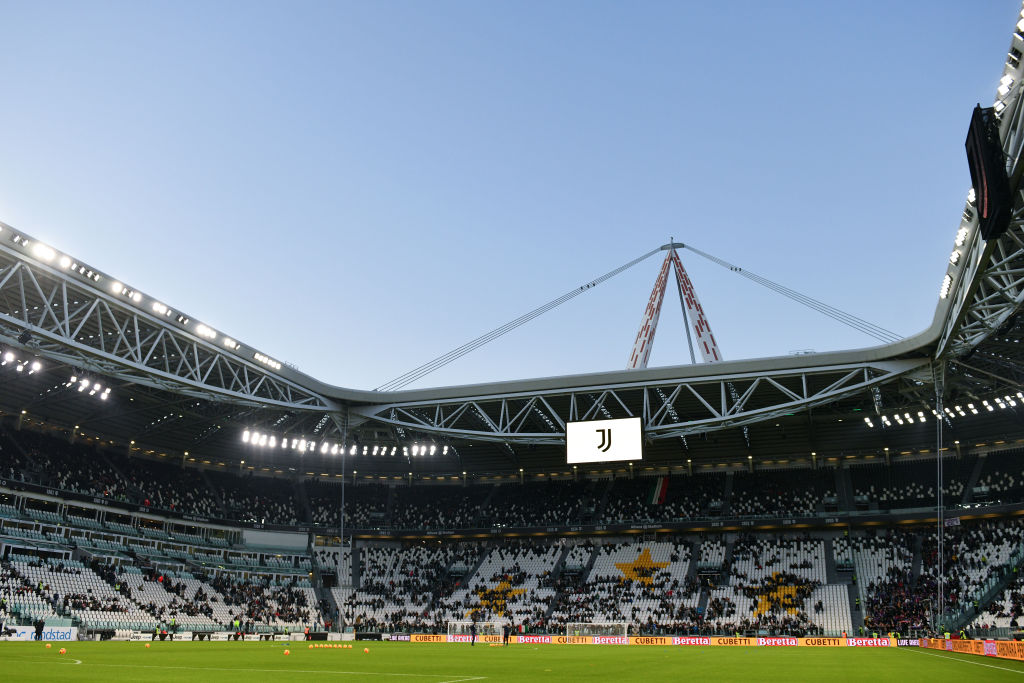
📍 Turin, Italy
🏠 2011
🏟 41,507
Owning their own stadium helped Juventus set a standard the rest of Serie A has been unable to match. They were unstoppable from the second they moved into the Juventus Stadium – we do miss the Stadio Delle Alpi, though – and as the only major Italian club to own their own home, they reaped the financial rewards of their modern facility.
The Turin giants were savvy enough to buy the Delle Alpi site from the local council for €25m in 2003 – and wise enough to realise that, with the city’s population falling, they didn’t need to replace the 70,000-capacity Italia 90 stadium like-for-like. As a result they have a bustling, atmospheric stadium in which even the most distant seat is only 49 metres from the action.
That it opened in September 2011 with a match against Notts County was a nice nod to the club’s history: the Bianconeri hosted the side responsible for Juve’s switch to their now-synonymous black-and-white shirts back in 1903. – AD
24. Estadio da Luz
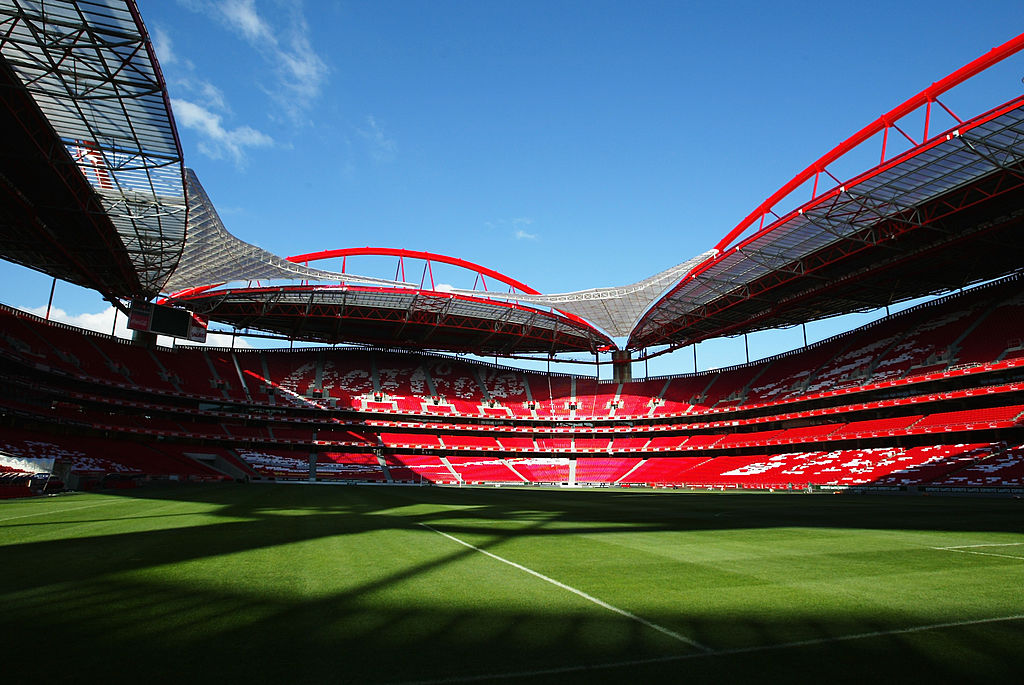
📍 Lisbon, Portugal
🏠 2003
🏟 64,642
When it came to building a brand spanking new stadium ahead of Euro 2004 for the most popular club in the football-obsessed country that is Portugal, there was no option: it had to be something special. The designers did not disappoint.
Four layers of brilliant red-swathed stands swoop around the playing field, the lowest of which is very close to pitchside. The outstanding conditions for watching the football and imbibing the atmosphere are ensured by a complete absence of view-obstructing pillars and a beautifully balanced, shapely and symmetrical sound-retaining roof. Looking from the outside or above, the eye-catching curvaceous mesh of enormous red girders keeps the whole thing up and adds to the stunning aesthetics of the stadium which hosted the Euro 2004, Champions League 2014 and 2020 finals.
Perched above the main entrance of the venue, the stadium inherited from its synonymous predecessor the enormous statue of the club’s symbol, the Eagle, and on the ample concourse circling the ground is the statue of iconic club legend Eusebio. – TK
23. Estadio Monumental Banco Pichincha
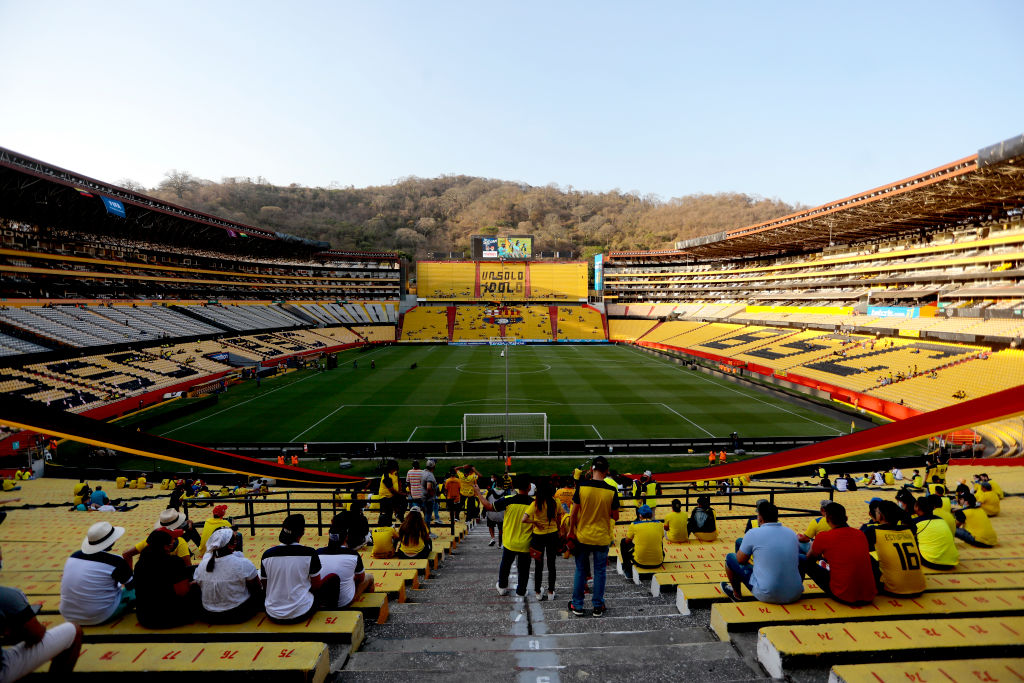
📍 Guayaquil, Ecuador
🏠 1987
🏟 59,283
From the air, it looks like a football pitch inside two giant square brackets. But once you step inside Barcelona’s massive stadium, you realise there’s much more than that. Not for nothing did Pelé call it “one of the most beautiful stadiums in the world”, a quote that now appears written on one of the walls, and signed by the Brazilian legend in 1993.
The imposing, yellowish structure is also known as El Coloso del Salado (The Colossus from the River Salado), and it was named among the most exciting grounds of the Copa Libertadores not only for the excellent construction and safety standards, but also for the atmosphere. – MM
22. Estadio Municipal de Braga
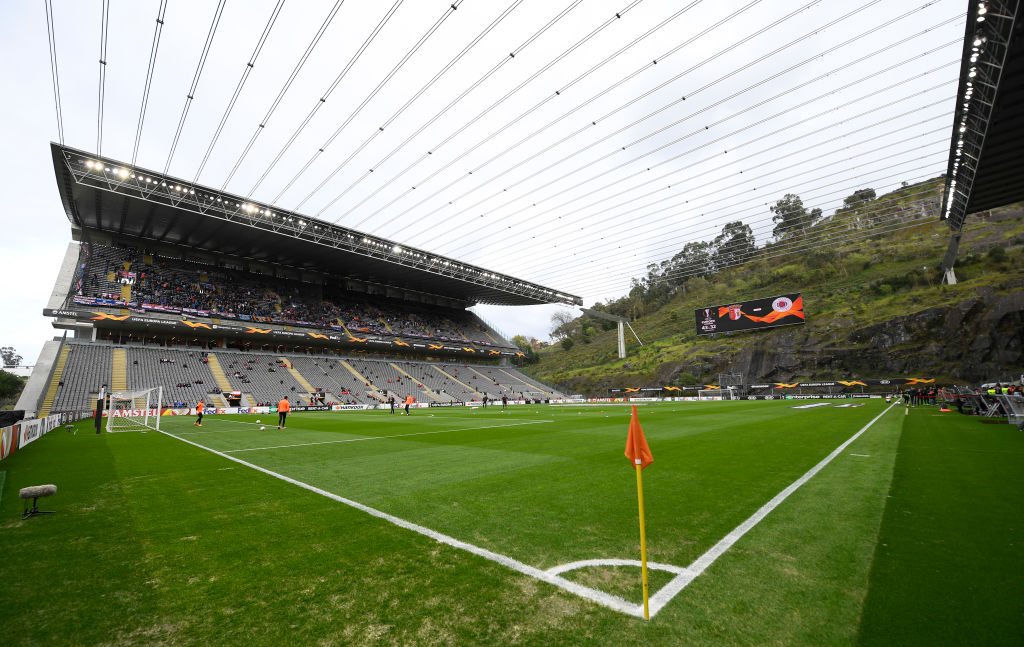
📍 Braga, Portugal
🏠 2003
🏟 30,286
The jewel in the crown of Portugal’s new set of stadiums built for Euro 2004, the mundane name of this truly extraordinary stadium is in stark contrast to its uniqueness and gobsmacking wow factor.
Built into a former quarry, the amazing feat of engineering first required the removal of 1,700,000 cubic metres of stone, to construct a two-sided stadium. Architect Eduardo Souto Moura (who was subsequently awarded the worldwide “Oscar for architecture” Pritzker Prize) said he believed football was a game that should be watched laterally, hence the decision to leave a rugged stone cliff untouched at one goal-end, while the other end provides a cascading view down over the River Cávado valley and the city of Braga.
The gigantic grey rooftops supported by 68 coupled prestressed steel cables and grey seating adds to the notion of that this is a temple for the ages, an integral component of the very earth in which it is implanted, rather than a football venue. – TK
21. Allianz Arena
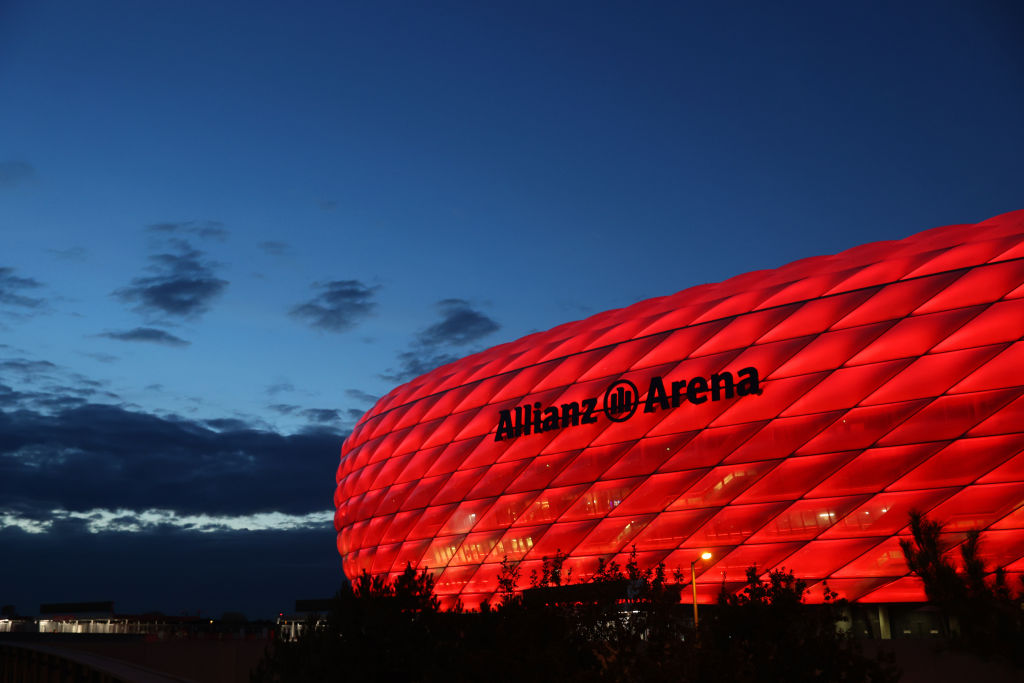
📍 Munich, Germany
🏠 2005
🏟 75,024
It was when the Allianz Arena began to cause 10 road accidents a day that the German authorities knew they had to act. There are few greater sights in football than the exterior of the Allianz on match night. On a clear evening, the shimmering lights from Munich's luminous Schlauchboot can be spotted from the Austrian mountaintops 50 miles away.
The safety clampdown did nothing to diminish the majesty of the €340m stadium. All of its three tiers were rocking as it helped to kick off the 2006 World Cup in style, Philipp Lahm's sixth-minute curler putting Germany on course for a 4-2 win over Costa Rica. It would also host the semi-final too, a less dramatic 1-0 victory for France over Portugal thanks to Zizou’s penalty. It's since hosted the Bayern side that thrashed Barcelona 7-0 on aggregate en route to Champions League glory in 2013.; it hosted Chelsea shocking them, too, 12 months prior.
More latterly, though, it has sometimes been labelled the Arroganz Arena amid protests that some of the stadium rules were not sympathetic to fan culture. Having the largest car park anywhere in Europe, comprising of 11,000 spaces, was all very well. As was a safe standing section for Bundesliga matches, as well as the relatively novel cashless stadium philosophy – with all food and merchandise inside the arena purchased only via an ArenaCard.
But basic items like megaphones and large pennants were banned, while the presence of a fence and safety nets in front of the Sudkurve, where Bayern's ultras are located, was also unpopular. Amid it all, though, Bayern the team have marched on regardless. There are few greater fortresses in world football than the Allianz in the Bundesliga.
Current page: The 100 best stadiums in the world: 30-21
Prev Page The 100 best stadiums in the world: 40-31 Next Page The 100 best stadiums in the world: 20-11
Mark White has been at on FourFourTwo since joining in January 2020, first as a staff writer before becoming content editor in 2023. An encyclopedia of football shirts and boots knowledge – both past and present – Mark has also represented FFT at both FA Cup and League Cup finals (though didn't receive a winners' medal on either occasion) and has written pieces for the mag ranging on subjects from Bobby Robson's season at Barcelona to Robinho's career. He has written cover features for the mag on Mikel Arteta and Martin Odegaard, and is assisted by his cat, Rosie, who has interned for the brand since lockdown.
